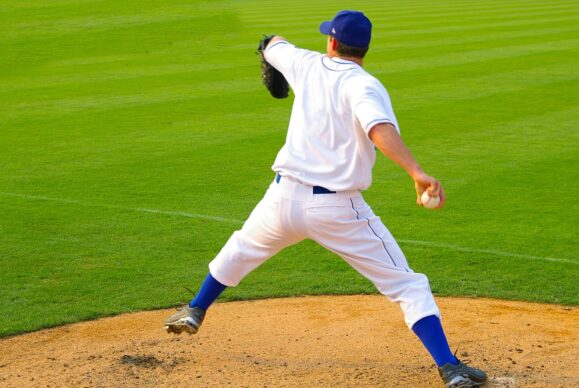By Terence Crossan, PT, DPT
Compared to other sports, volleyball has a relatively low risk of injury. According to a 2018 study of NCAA Volleyball athletes, injury rates across men’s and women’s volleyball are 4.69 and 7.07 injuries per 1000 athletic exposures. Despite the low risk of injury, pain and dysfunction related to overuse is prominent throughout the volleyball community leading to a majority of injuries suffered while playing volleyball.
Roughly 20% of chronic, non-time loss injuries are classified as shoulder injuries, but often go untreated throughout a season. If you’re a volleyball athlete experiencing some shoulder pain, some factors to consider include the following:
- Volume and frequency of attack and serve attempts in practice
- A 2019 article published in the International Journal of Sports Physical Therapy suggests that each player on the court had nearly 2x as many overhead events in practices compared to games.
- Strength asymmetries
- Male players are more likely to have weaker external rotators than internal rotators in the hitting arm.
- Female players with a previous shoulder injury present have similar strength asymmetries as male counterparts mentioned above.
- Altered range of motion
- Adaptations in dominant shoulders vs. non-dominant shoulders are similar to other overhead athletes such as baseball players, as seen here:
We expect to see more external rotation and less internal rotation in the hitting arm when compared to the non-hitting arm, particularly for the high repetition positions such as outside and middle.
Considering all of these risk factors, it’s important to stay on top of a proper arm care regimen. Below are some shoulder-focused activities you can perform in the training room, as well as before a match as an appropriate warm-up before you begin playing.
1) Kettlebell Bottom Up Press
2) Armbar
3) Band Pull Apart
4) Turkish Get Up
5) Yoga Pushup
Please reach out with questions or to develop a more in-depth training plan to help avoid pain and injury during your season.
>> Request an Appointment
>> Contact Us
References
- Reeser JC, Gregory A, Berg RL, Comstock RD. A Comparison of Women’s Collegiate and Girls’ High School Volleyball Injury Data Collected Prospectively Over a 4-Year Period. Sports Health. 2015;7(6):504-510.
- Baugh CM, Weintraub GS, Gregory AJ, Djoko A, Dompier TP, Kerr ZY. Descriptive Epidemiology of Injuries Sustained in National Collegiate Athletic Association Men’s and Women’s Volleyball, 2013-2014 to 2014-2015. Sports Health. 2018;10(1):60-69.
- Wolfe H, Poole K, Tezanos AGV, English R, Uhl TL. Volleyball Overhead Swing Volume and Injury Frequency over the Course of a Season. Int J Sports Phys Ther. 2019;14(1):88-96
- Hurd W, Hunter-Giordano A, Axe M, Snyder-Mackler L. Data-based interval hitting program for female college volleyball players. Sports Health. 2009;1(6):522-530
- Hadzic V, Sattler T, Veselko M, Markovic G, Dervisevic E. Strength asymmetry of the shoulders in elite volleyball players. J Athl Train. 2014;49(3):338-344
- Challoumas, Dimitris, Artemiou, Andreas and Dimitrakakis, Georgios 2017. Dominant vs nondominant shoulder morphology in volleyball players and associations with shoulder pain and spike speed. Journal of Sports Sciences 35 (1) , pp. 65-73




